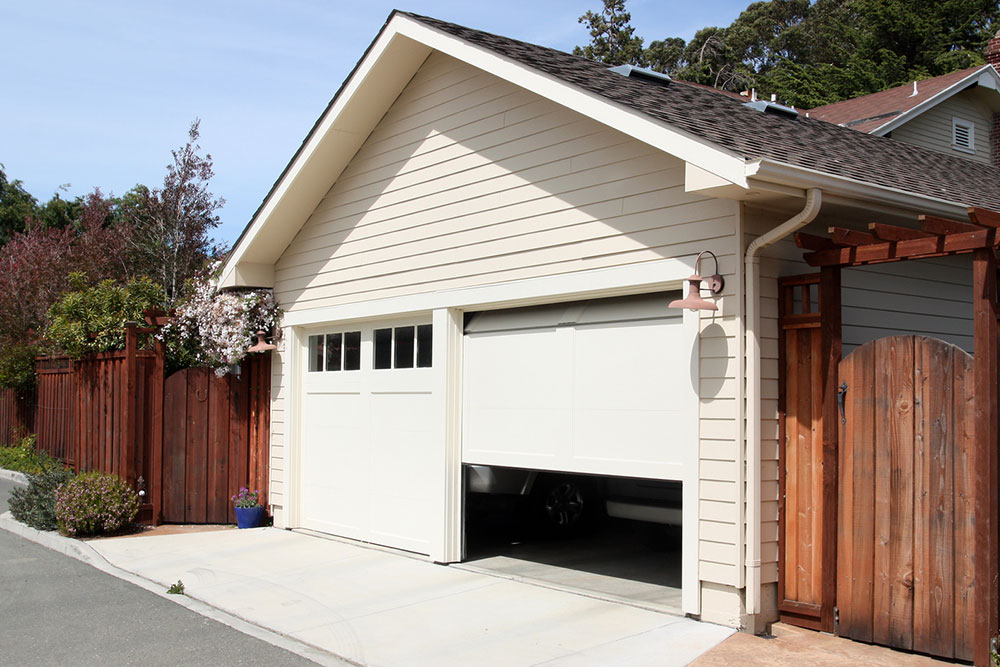Replacing garage door springs
Most often, garage door spring replacements involve the complete replacement of the springs. This happens as the garage door springs normally do their job just fine until they completely break down and quit working. The springs are not a part of the garage door opener but they are a crucial part of the garage door itself. The springs make it much easier to raise and lower the garage door. Garage door springs generally last a long time but, eventually, the changes in the weather weaken the metal and the spring tends to break.
The process for replacing the garage spring doors depends on two main factors:

- The type of spring required to fix your garage door
- Whether you are planning to fix it yourself or hire someone to do it for you.
Most people do not realize that their garage door spring is broken until they try to lift the door or until they notice that their automatic garage door opener is making quite a lot more noise than is usual or that the door opener isn’t working smoothly. The garage door springs usually break one at a time, and as garage door weigh several hundred pounds, the door suddenly feels as heavy as a truck.
Most residential garage doors use one of these two types of springs: torsion and extension. Torsion springs are heavy-duty springs that are mounted to a metal rod that runs parallel to the door, directly above the door opening. These springs come loaded with a twisting action which helps to create tension. Extension springs are long, lightweight springs that run perpendicular to the door and are mounted above the horizontal positions of the door tracts. They need to have a safety cable running through each spring.

